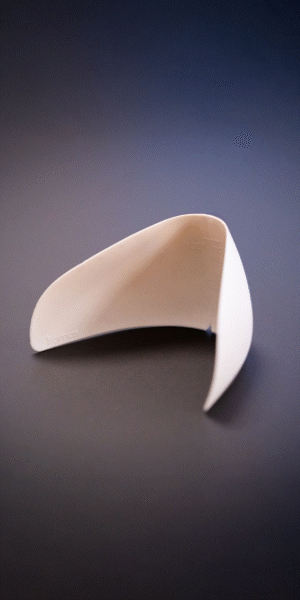Nike makes new green design tool open source
02/12/2010
The athletic footwear and apparel brand based the tool on its Considered Index, the internal program the company uses in developing innovations such as the 2010 World Cup soccer kits that were made entirely from recycled polyester.
“This tool is about making it simple for designers to make the most sustainable choices right at the start of the product creation process,” Hannah Jones, Nike’s vice president of sustainable innovation, said in a news release.
Nike said it wanted to encourage users to find ways to improve the tool or make it applicable to industries other than footwear and apparel.
"By releasing the tool we want others to improve on it and we hope to inspire further collaboration to create global industry standards for a level playing field, encourage widespread industry adoption of sustainable design practices and have more sustainable products available for the consumer," Ms Jones said.
Nike has made the program open-source to aid not just the footwear and apparel industries but all manufacturing operations. "Nike's decision to open-source this design tool is a win-win because it leverages important intellectual capital to benefit an entire industry," said Mindy Lubber, president of Ceres, a leading coalition of investors and environmental groups that works with companies like Nike to address sustainability challenges. "Whether for sneakers or cars, it is hugely important to integrate water, chemical, energy and waste considerations into all product design. If all apparel companies use this tool, the impacts could be breathtaking, from less-clogged landfills to expanding our sustainable material industries."
The program is designed to be straightforward and simple to use. Designers input data such as fabric types, how much of it is recycled material, and whether a garment is finished with one any of a list of treatments, from garment dyes to chemical washes. The product is then given individual scores for the product’s material, garment treatments and waste. The final product score is based on a 70-point scale, with 70 being best and less than 30 denoting a product that needs improvement.
Throughout the process, the tool provides designers with alternative choices that can help their score. "If you haven't made a good choice, you can see what a better choice would be," said Nike spokeswoman Kate Meyers.








